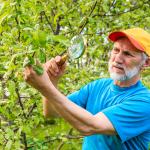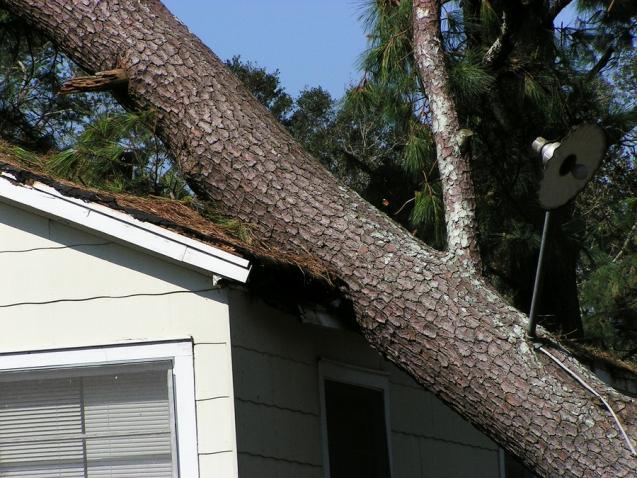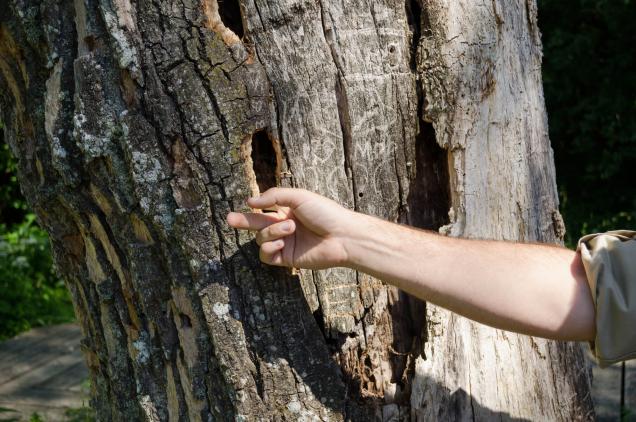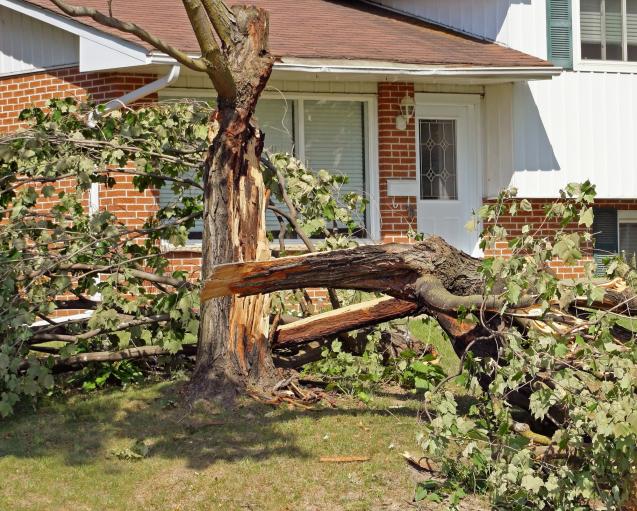
An Introduction to Integrated Pest Management for Australian Homeowners
By Wolf Trees and Gardens|July 31, 2023
Our home gardens are a source of joy, serenity, and a connection with nature. However, Australian homeowners often face challenges when it comes to maintaining the health of their trees, a critical element of our garden's beauty. Tree diseases and pests are a constant threat. However, with the help of Integrated Pest Management (IPM), we can tackle these issues sustainably and effectively.
Understanding Tree Diseases and Pests in Australia
Australia's diverse range of tree species is prone to numerous diseases and pests, including harmful fungi and invasive insects. If left unchecked, they can cause severe damage to our trees and, by extension, our gardens. Implementing a proactive approach like IPM helps prevent such issues and ensures the longevity and vibrancy of our green spaces.
Integrated Pest Management (IPM) Approach
IPM is a sustainable approach that unifies prevention, identification, monitoring, and control measures. By understanding our garden's unique environment, including the life cycles of pests and their interaction with their surroundings, we can employ IPM to minimise harm to our trees and the broader environment. This involves creating strategies tailored to each garden's unique conditions and pest problems, resulting in a more effective and environmentally friendly way of managing pests.
Prevention Strategies for Tree Diseases and Pests
Prevention forms the foundation of IPM. It involves a range of strategies like planting a diverse variety of species, choosing disease-resistant tree varieties, and following appropriate tree care routines. The maintenance of a balanced garden ecosystem, which encourages the presence of natural pest predators, also plays an integral role in preventing infestations. This approach not only safeguards our trees but also supports biodiversity, fostering a garden that's both resilient and vibrant.
Identification and Monitoring Techniques
Early detection is paramount to IPM. Being vigilant about regular tree inspections and familiar with the symptoms of common tree diseases and pests aids in prompt identification. Utilising tools such as magnifying glasses and pest traps can provide an edge in this crucial stage of IPM. By recognising potential threats early, we're better equipped to respond and manage the situation before it escalates, saving our trees from potential harm.
Control Measures for Tree Diseases and Pests
In some instances, despite our best efforts at prevention, intervention may be required. IPM promotes environmentally friendly control measures, including natural predators and biological controls, such as specific fungi and bacteria. Chemical treatments should be a last resort, used sparingly and under expert advice when necessary. By prioritising non-chemical solutions, we are able to manage pests effectively without compromising our commitment to sustainable gardening.
Implementing Integrated Pest Management strategies is an investment in the health of our trees and the longevity of our gardens. It's a commitment to eco-friendly practices that not only preserve our private green spaces but contribute to the overall sustainability of our environment. If you want to learn more, then be sure to check out this blog post with additional insights into tree diseases and pests in Australia. Remember, each step we take towards greener gardening helps shape a more sustainable future for all.
Understanding Tree Diseases and Pests in Australia
Australia's diverse range of tree species is prone to numerous diseases and pests, including harmful fungi and invasive insects. If left unchecked, they can cause severe damage to our trees and, by extension, our gardens. Implementing a proactive approach like IPM helps prevent such issues and ensures the longevity and vibrancy of our green spaces.
Integrated Pest Management (IPM) Approach
IPM is a sustainable approach that unifies prevention, identification, monitoring, and control measures. By understanding our garden's unique environment, including the life cycles of pests and their interaction with their surroundings, we can employ IPM to minimise harm to our trees and the broader environment. This involves creating strategies tailored to each garden's unique conditions and pest problems, resulting in a more effective and environmentally friendly way of managing pests.
Prevention Strategies for Tree Diseases and Pests
Prevention forms the foundation of IPM. It involves a range of strategies like planting a diverse variety of species, choosing disease-resistant tree varieties, and following appropriate tree care routines. The maintenance of a balanced garden ecosystem, which encourages the presence of natural pest predators, also plays an integral role in preventing infestations. This approach not only safeguards our trees but also supports biodiversity, fostering a garden that's both resilient and vibrant.
Identification and Monitoring Techniques
Early detection is paramount to IPM. Being vigilant about regular tree inspections and familiar with the symptoms of common tree diseases and pests aids in prompt identification. Utilising tools such as magnifying glasses and pest traps can provide an edge in this crucial stage of IPM. By recognising potential threats early, we're better equipped to respond and manage the situation before it escalates, saving our trees from potential harm.
Control Measures for Tree Diseases and Pests
In some instances, despite our best efforts at prevention, intervention may be required. IPM promotes environmentally friendly control measures, including natural predators and biological controls, such as specific fungi and bacteria. Chemical treatments should be a last resort, used sparingly and under expert advice when necessary. By prioritising non-chemical solutions, we are able to manage pests effectively without compromising our commitment to sustainable gardening.
Implementing Integrated Pest Management strategies is an investment in the health of our trees and the longevity of our gardens. It's a commitment to eco-friendly practices that not only preserve our private green spaces but contribute to the overall sustainability of our environment. If you want to learn more, then be sure to check out this blog post with additional insights into tree diseases and pests in Australia. Remember, each step we take towards greener gardening helps shape a more sustainable future for all.



